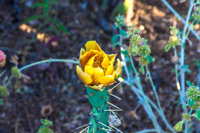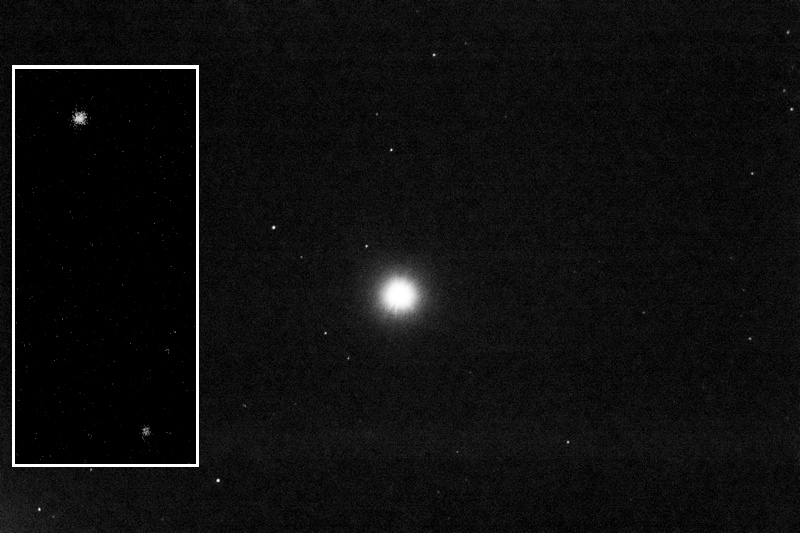Professional Collimation, Round 2;
Perfect but...
Posted: 29 May 2016
During the day on Saturday, 28 May 2016, I began learning how to use a recently received Revolution Imager. I will post a review once I have some time to use it at night.
|
Open: Saturday, 28 May 2016, 1803 MST Temperature: 93°F |
Session: 972 Conditions: Clear, breezy |
Equipment Used:
12" f/8 LX600 w/StarLock
Wired AutoStar II handset
2" 24mm UWA eyepiece
2" 8-24mm zoom eyepiece
1.25" 26mm eyepiece
Camera:
D7200 DSLR
The dome was opened to begin cool-down of the telescope in preparation for this night's professional collimation work. He was able to get it close to perfect on the previous night and we hoped he could get it perfect this night.
While waiting for sunset I did a "walkabout". I hadn't done one in a long time. I used to do one on every trip to "Oracle Observatory" before we finally moved to Oracle. Here are some photographs I took during the walkabout. Click on a thumbnail to see a larger version.
 |
 |
 |
 |
 |
 |
1856 MST: walkabout ended. 1900 MST: moved the observatory dome onto the PZT. LX600 ON, StarLock OFF. 1907 MST: viewed Jupiter, 102X. One moon was currently visible and the Great Red Spot was visible at the central meridian. Switched to the Baader 8-24 zoom eyepiece. The best view of Jupiter was using 12mm (203X). 1928 MST: the four Galilean Moons were now visible. Collimation of the telescope as a result of the previous night's work looked darn close. 1928 MST: sunset; a little calmer now.
2001 MST: Frank Lopez from Stellarvision in Tucson arrived. By 2100 MST he had the collimation perfect. I did a 1 second, ISO 12800, test exposure of the star Spica and surrounding fainter stars using the D7200 DSLR at prime focus + visual back. This image, and especially the highly magnified inset, shows how good the collimation now is:

But there was something that concerned both Frank and myself. When Spica was placed WAY out-of-focus there was an extra "ring" visible at the circumference of the Fresnel pattern. The ring shifted depending on which side of focus the telescope was.


It was Frank's opinion that either the corrector lens or the primary mirror was slightly offset. Whether this is a real problem will depend on whether it continues to shift over time and whether the effect shows up while viewing objects and doing astrophotography. Frank is going to write up his assessment for me. I will then contact OPT (the dealer I purchased the telescope from) and Meade to let them know about the issue. Dr. Clay Sherrod at Arkansas Sky Observatories suggested I continue to star test over a period of time before pursuing a replacement or repair, if needed.
My sincere thanks to Frank, Dr. Clay Sherrod, and to Jim Cadien, who helped with the collimation a few nights ago. I feel much better now and can resume my normal telescope operations. I will continue to monitor the collimation visually and photographically.
2150 MST: Frank left. 2205 MST: viewed Saturn and Mars, 203X. Then began closing up.
|
Close: Saturday, 28 May 2016, 2232 MST Temperature: 67°F |
Session Length: 4h 29m Conditions: Clear, calm |
Comments are welcome using Email. Twitter users can use the button below to tweet this report to your followers. Thanks.
Cassiopeia Observatory Home Page
Copyright ©2016 Michael L. Weasner / mweasner@me.com
URL = http://www.weasner.com/co/Reports/2016/05/29/index.html
